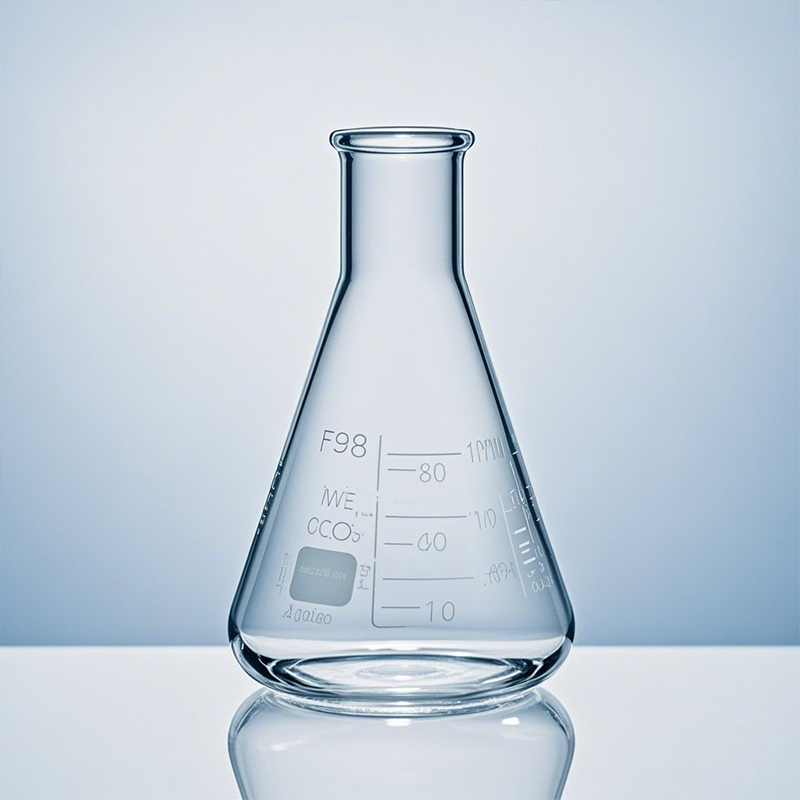Why is dicyclohexylamine so scarce?
As the world pays more and more attention to environmental protection and sustainable development, the market dynamics of Dicyclohexylamine DCHA are also changing. Many companies have begun to pay attention to the concept of green chemistry and seek to develop more environmentally friendly production processes. This can not only reduce environmental pollution during the production process, but also improve the market competitiveness of products. In recent years, the application research of dicyclohexylamine in bio-based materials and degradable materials has gradually increased, further expanding its application areas and attracting a lot of investment and attention.
Dicyclohexylamine DCHA is a fine chemical intermediate with a wide range of uses. In the past, due to the lack of domestic resources, little attention was paid to its research and application. Dicyclohexylamine at home and abroad is usually a by-product of cyclohexylamine production. In my country, catalytic hydrogenation of aniline is generally used to synthesize cyclohexylamine, and dicyclohexylamine is co-produced at the same time. Depending on the reaction conditions and catalysts, different proportions of cyclohexylamine and dicyclohexylamine can be obtained. If they are not deliberately adjusted, they can generally be by-products. About 10% of dicyclohexylamine is obtained.
The rapid increase in the production capacity of the cyclohexylamine unit will inevitably lead to an increase in by-product dicyclohexylamine resources. Therefore, it is very important and necessary to develop the application of dicyclohexylamine and expand its market. Dicyclohexylamine is mainly used in the fields of synthetic rubber accelerators, metal corrosion inhibitors, surfactants, oilfield chemicals, medicines and pesticides. With the advancement of science and technology, its new applications are constantly being developed, and most of the fine chemicals synthesized with it are new products with promising development prospects.
In order to cater to the changes in market demand, related companies are increasing their investment in innovation in dicyclohexylamine production technology. For example, by improving catalyst formulations and reaction conditions, companies can increase the yield of dicyclohexylamine and reduce production costs. At the same time, the integration of the industrial chain has also become a trend. Many companies achieve efficient use of resources and maximize value through upstream and downstream collaboration. This integration can not only improve production efficiency, but also help to form a more competitive industrial ecology and promote the widespread application of dicyclohexylamine.